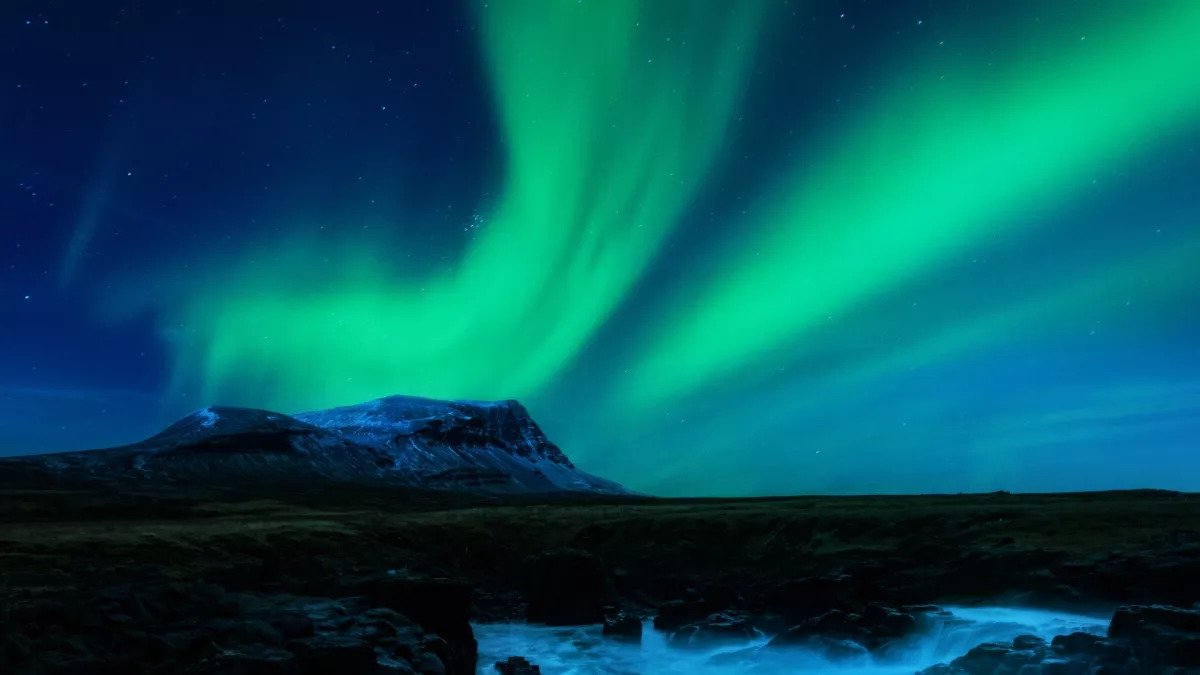The equinox is not only a time when light and dark times last equally long. It is also the maximum of northern lights or auroras caused by the action of the solar wind. Scientists are convinced that the reason for this is the orientation of the poles.

Spring Equinox
On March 20, the equinox takes place on Earth. The length of the day is equal to the length of the night. In the Northern Hemisphere, it will be spring, that is, in the future, the length of the light part of the day will increase. In the Southern Hemisphere, it is autumnal and everything happens the other way around there.
However, this period of time has one feature that will be of interest to fans of watching the sky, regardless of which part of our planet they are in. It is during the period of both equinoxes, spring and autumn, that the maximum power of the auroras falls, and the probability of seeing them even in temperate latitudes is growing.
Accordingly, during both solstices, minimums of aurora activity are observed. Astronomy enthusiasts have noticed this feature and scientists fully support their conclusions. However, there is no consensus among scientists about the causes of this phenomenon, as well as about why there is a glow in the upper atmosphere at all.
Position of the magnetic poles
In general, everyone agrees that auroras occur when solar wind particles interact with the Earth’s magnetic field. There are still several different theories about how this happens. They have in common that the magnetic poles, the places where the lines of force enter the surface of the planet, play a decisive role.
The magnetic poles of the earth do not exactly coincide with the geographical ones. However, they are close enough to them that during the equinoxes, the magnetic axis of the Earth is perpendicular to the direction of the Sun. And this somehow affects how actively the magnetic field slows down charged particles and turns their energy into light.
How this happens is unknown. In 1973, physicists Russell and McPherron suggested that the reason for this was the alignment of the azimuthal components of the earth’s and solar magnetic fields and their interaction in this state. Other researchers believe that it’s just that the lines of force meet the particles at right angles.
In any July, scientists note that the risk of a strong magnetic storm in March and, as a result, the aurora is almost twice as high as at the end of July or December.
According to www.space.com
Follow us on Twitter to get the most interesting space news in time
https://twitter.com/ust_magazine

